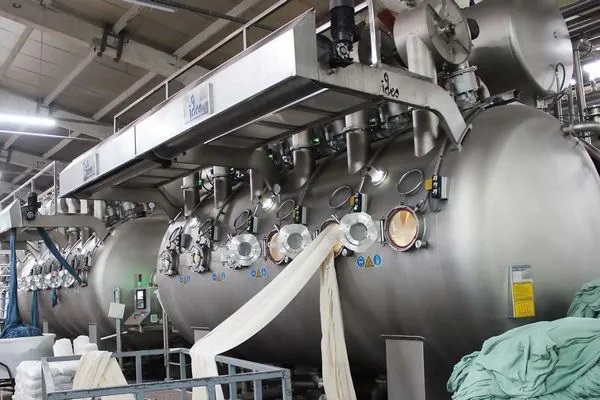Wet Process Engineering Lab
Perform dyeing, printing, and finishing on cotton, wool, and synthetics — mastering recipes, fastness testing, and sustainable chemical processes.

By the end of this lab course, students will be able to:
- Understand and Apply Pretreatment Processes
- Perform desizing, scouring, bleaching, and mercerization on textile substrates.
- Analyze the impact of pretreatment on fabric absorbency, whiteness, and dye uptake.
- Carry Out Dyeing Operations
- Dye cotton, wool, silk, and synthetic fibers using appropriate dye classes (reactive, vat, disperse, acid, basic).
- Control dyeing parameters (time, temperature, pH, M:L ratio) to achieve shade and levelness.
- Practice Printing Techniques
- Prepare and apply print pastes using pigments and dyes.
- Perform block, screen, and digital printing at lab scale.
- Apply fixation and after-treatment processes to improve fastness.
- Apply Finishing Treatments
- Conduct simple chemical and mechanical finishing operations (softening, water-repellent, crease-resistant).
- Assess functional effects of finishing on fabric properties.
- Perform Technical Calculations
- Formulate dyeing/printing recipes, calculate liquor ratio, shade percentage, and chemical consumption.
- Estimate efficiency, cost, and wastage for small-batch processing.
- Evaluate Quality & Fastness Properties
- Test dyed/printed/finished samples for fastness (wash, rubbing, light, perspiration).
- Relate process conditions to quality outcomes.
- Develop Practical & Industrial Skills
- Operate dyeing, printing, and finishing lab equipment safely.
- Prepare technical lab reports with data interpretation for industrial application.
